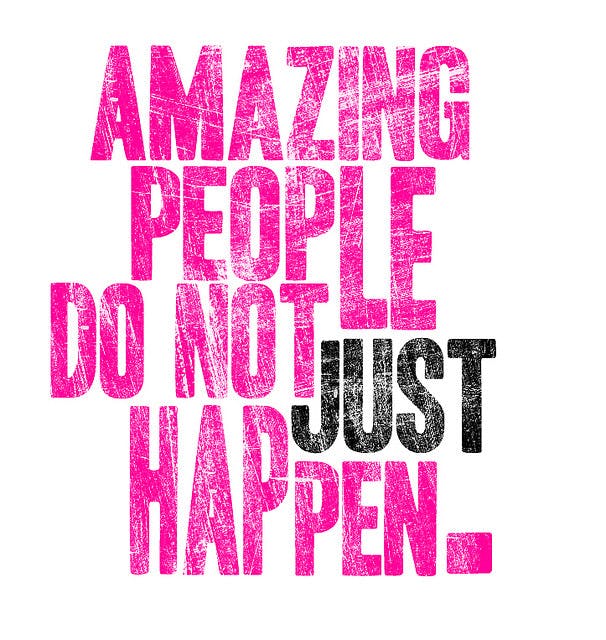HR Strategy? No, People Strategy
What’s the difference? I’m so glad you asked!
I don’t think that there is anyone in the human resources profession who doesn’t yearn to be “strategic,” but what does that really mean?
Are we strategic because we sit on the executive team? Are we strategic because we are invited to the party in important business planning, like acquisitions, organizational change, or new ventures? Are we strategic because we have the ear of operational leaders?
You can probably answer “yes” to each of those questions, but more importantly, to all of those questions. Those are activities though. I suggest that we become strategic when we impact the organization’s bottom line.
HR metrics
Over the years, in an effort to become more strategic, HR has embraced metrics, measures and benchmarks as a means of demonstrating their impact. We measure things like voluntary turnover, HR:FTE ratio, Benefits as a percentage (%) of revenue, average total compensation, merit increase pro-ration, management ratio, training cost per FTE, time and cost to hire, and even training ROI.
On shrm.org, there is a list of 107 HR metrics, each with a calculation formula. This is a great resource, but what do these metrics really tell us?
They tell us how efficiently and effectively HR is doing our job. Only four (4) of the 107 metrics measure impact on the business: Income factor, profit per FTE, revenue factor, and revenue per FTE. The HR team can be the most efficient in history, but unless it translates to the bottom line, it is only activity. And the best that even these four can do is to start a dialogue about “why.”
But we arm ourselves with benchmarks and metrics and use them during the inevitable budget challenge to show how well we are doing in comparison to other HR teams. We get really good at defending our worth because no one asks the real question – what value is HR bringing to the bottom line?
We don’t typically step up to this challenge, mostly because so much of the “people stuff” is really beyond our control. Or is it?
Yes, we can impact the bottom line
Creating an HR Strategy is about building programs and processes to attract, retain and motivate top talent. Creating a People Strategy is building programs and processes to improve human performance, a subtle, but important difference.
By improving human performance at all levels, you create a leadership cadre that is skilled at leading who in turn engage and develop their teams thereby improving organizational performance.
But leaders won’t buy this and we [HR] can’t control this? Why not?
What if we looked at HR as a business? What if we put a stake in the ground that we could improve the performance of the organization by X percent. Would operational leaders listen? Would we have the courage to do it?
By putting a stake in the ground, you not only put yourself on record and therefore have to deliver, but you also give yourself permission to engage others in the process.
Think about it this way: You tell executive leadership that you can improve the performance of the organization. They ask how. You explain that you do so by creating a People Strategy with a goal of improving employee and organizational performance.
Let’s play this out
“What does that look like,” they ask? “Well,” you respond, “as an executive team, we agree that we will increase profit by 15 percent over the next year. Then, we agree to what it will take to make it happen. Generally that will mean that our leaders will need to step up and do what is necessary to increase revenue and reduce expense.”
“Well,” they say, “We already do that with the budget process.”
“Ah yes,” you reply, “But that happens on paper. Performance happens with people. The only way that this increase in profit will occur is if everyone plays their part in bringing in the numbers. That means that you will have to hold your leaders accountable, and they will have to hold their employees accountable. I can build the infrastructure to do that, you can drive the accountability and I guarantee that we can make the target profit.”
“We do that now,” they say.
“Do we really? From my HR vantage point, I see leaders who do not set clear expectations, do not provide helpful feedback, do not stretch their teams to do their best, and do not deal with poor performance,” you remind them. [This is where you need to have a couple good examples in your back pocket….I’m pretty sure you have them.]
You continue, “If you do the hard work of leading openly, honestly and transparently and you hold your teams accountable, we can bring in this profit target, I have no doubt. So here is what I need from you in order to achieve our target profit, and here is what I will do to help you hold each other and your teams accountable. Are you in?”
Making a stand
You have now just agreed to a stand, and you have just obtained permission to raise the issue when the executive team doesn’t uphold their end of the agreement. And they will falter; it is just human nature because this work is really hard and most leaders are not wired this way.
As the HR partner, your role becomes coaching them, motivating them, picking them up when they stumble, and putting a mirror up in front of them.
You put the People Strategy out on the table, because the People Strategy really is the business strategy. And HR is not only part of the strategy, you are taking the lead.
I am interested in hearing your thoughts.
This originally appeared on the ….@ the intersection of learning & performance blog.
